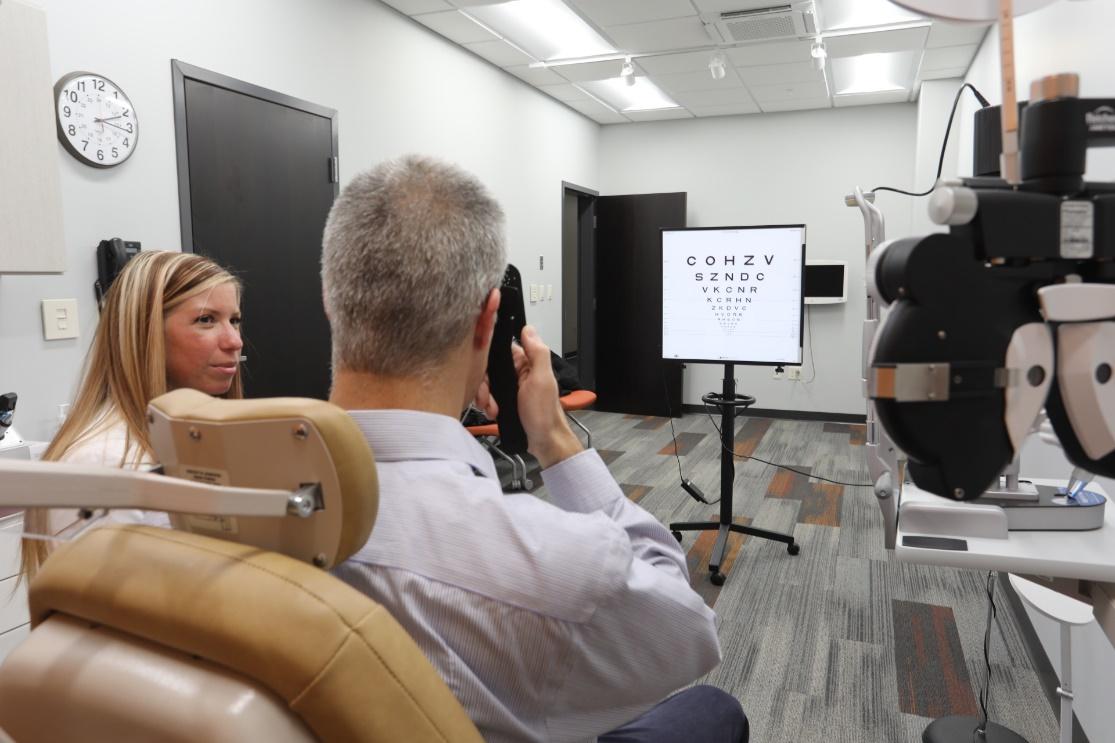UTICA- In February, The Central Association for the Blind and Visually Impaired (CABVI) recognizes Aged-Related Macular Degeneration (AMD) and Low Vision awareness months to promote prevention and treatment.
AMD is an eye disease that can blur central vision. It happens when age-related changes cause damage to the macula. As a result of AMD, many people may experience low vision.
AMD is a leading cause of vision loss in patients 50 years and older. Although it doesn’t cause complete blindness, losing central vision can make reading, driving or seeing faces more difficult. People may experience AMD differently. For most, AMD progresses slowly, but for others it may progress quicker. There are two types of macular degeneration: dry and wet. Dry AMD occurs when certain areas of the macula thin, and wet AMD occurs when blood or fluid caused by abnormal blood vessel growth builds up under the macula.
“Initially, patients may not notice any changes to their vision, but over time their vision may become blurry, straight lines may appear wavy, or their central vision may darken,” said Dr. Kimberly Wadas, O.D. “It is important for patients to visit their eye doctor yearly for prevention and early detection. Their eyecare provider may give them an Amsler Grid to monitor the integrity of the macula. Prevention is key.”
Patients are at a higher risk of developing AMD if they are over the age of 50, smoke, eat a diet high in saturated fat, are obese, have a diagnosis of hypertension or elevated cholesterol, are exposed to sun/UV light, or have a family history of AMD.
Low vision is defined as best-corrected visual acuity of 20/70 or worse, which cannot be corrected with glasses, contact lenses, or medical intervention, such as surgery or medication. Nearly 14 million Americans have low vision, and it is more common in older adults because many of the eye diseases that cause low vision, such as AMD, typically happen to people over the age of 50….
Read the full article here

Leave a Reply